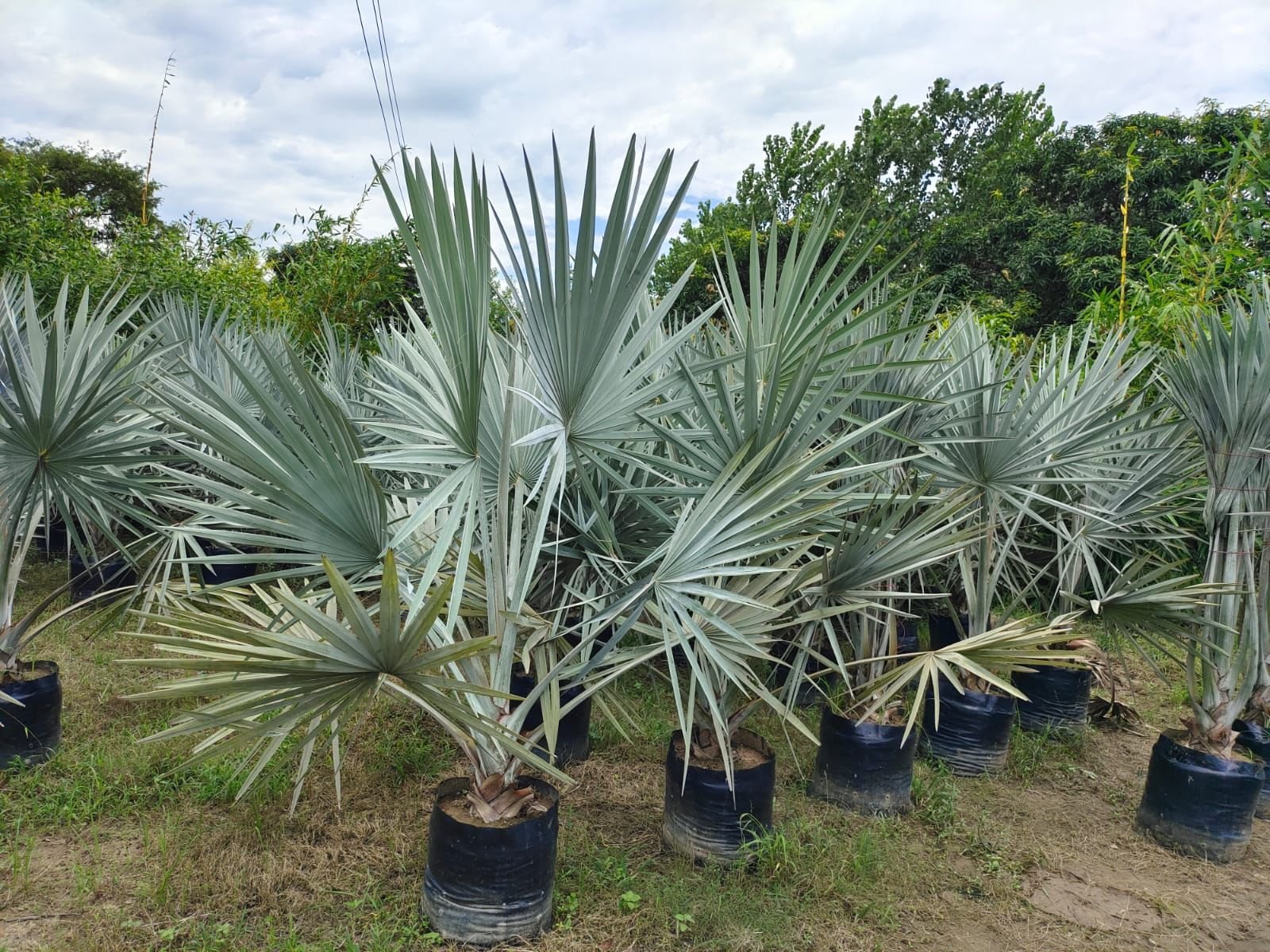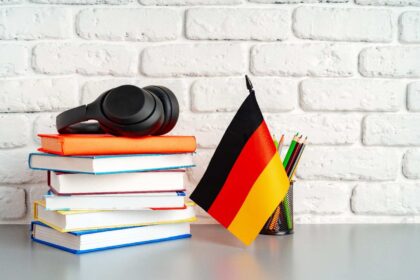
Bismarckia nobilis, commonly known as the Bismarck Palm, is a striking ornamental tree native to Madagascar. It is recognized for its large, silver-blue fan-shaped leaves that create a bold visual presence. In Dubai, this palm has become a popular choice for landscape designers and homeowners due to its ability to thrive in arid conditions. Its unique aesthetic and resilience make it an ideal addition to modern gardens, public parks, and roadside plantations.
Bismarckia nobilis and Dubai’s Climate
Adaptability to Harsh Conditions
Dubai’s desert climate poses challenges for many plant species, but Bismarckia nobilis in Dubai adapts exceptionally well. It tolerates high temperatures, intense sunlight, and low humidity. Once established, the palm can withstand prolonged dry periods with minimal maintenance.
Its natural drought resistance makes it an excellent choice for sustainable landscaping projects across the UAE. It requires less water than many tropical palms, reducing irrigation needs in Dubai’s water-conscious environment.
Ideal Soil and Location
Bismarckia nobilis prefers well-drained sandy or loamy soil, which is commonly found in Dubai’s terrain. The palm grows best in open areas where it receives full sun throughout the day. Proper soil drainage is essential to prevent root rot, a common issue when water accumulates around the base. Gardeners often amend soil with organic matter to enhance fertility and ensure better root development.
Growth Characteristics of Bismarckia nobilis
Physical Appearance
This palm is admired for its symmetrical crown and silver-gray fronds that can spread up to four meters wide. Its trunk is thick, smooth, and slightly swollen at the base. The overall appearance of Bismarckia nobilis is both elegant and architectural, making it suitable for large landscapes, driveways, and resort entrances.
The tree can reach a height of 12 to 18 meters when fully mature, depending on environmental conditions and care.
Growth Rate and Maintenance
Bismarckia nobilis grows moderately, requiring patience in the initial years. However, once established, it shows consistent and healthy growth. The palm is relatively low maintenance. It requires occasional pruning to remove old fronds and maintain its attractive shape.
Fertilization once or twice a year with a balanced palm fertilizer can support vibrant leaf color and strong trunk development.
Uses of Bismarckia nobilis in Dubai
Landscaping Applications
Bismarckia nobilis is a preferred choice for both residential and commercial landscaping in Dubai. Its bold foliage complements modern architecture and desert-themed gardens. The silver-blue leaves reflect sunlight beautifully, creating a cooling visual effect in outdoor spaces.
Urban planners and landscape architects use it as a focal point in public parks, hotel gardens, and coastal developments.
Decorative and Environmental Benefits
Beyond its aesthetic appeal, Bismarckia nobilis offers environmental advantages. The palm contributes to air purification and provides shade in open spaces. It also helps reduce heat absorption in paved areas, making it valuable for sustainable urban design.
Its minimal water requirement aligns with Dubai’s focus on eco-friendly landscaping practices and water conservation.
Caring for Bismarckia nobilis
Watering and Irrigation
During the initial establishment period, regular watering is important to help the roots develop deeply. Once mature, the palm requires minimal irrigation. Overwatering should be avoided to prevent fungal infections. In Dubai, using a drip irrigation system ensures water efficiency and targeted hydration.
Pruning and Maintenance Tips
Routine pruning keeps Bismarckia nobilis healthy and neat. Only dead or damaged fronds should be removed to avoid stressing the tree. Trimming should be done carefully to maintain the natural symmetry of the crown.
Since the palm grows tall, periodic inspections are necessary to check for pests or nutrient deficiencies, especially in highly urbanized areas.
Pest and Disease Resistance
Bismarckia nobilis is naturally resistant to most pests and diseases. However, in humid conditions, it may occasionally attract scale insects or spider mites. Regular monitoring and proper soil drainage help prevent such issues.
Applying organic pest control methods can maintain the plant’s health without harming the surrounding environment.
Planting and Propagation
Best Time to Plant
In Dubai, the best time to plant Bismarckia nobilis is during the cooler months, from October to March. This allows the roots to establish before the onset of extreme summer heat.
Young palms should be provided with partial shade during the first few months to protect them from intense sunlight.
Propagation by Seeds
Bismarckia nobilis is typically propagated through seeds. The germination process may take several weeks to months. Seeds should be soaked in warm water for a day before planting to speed up germination. Once sprouted, seedlings need regular care until they are ready for transplantation into open soil or decorative containers.
Sustainability and Urban Planning
Role in Eco-Friendly Landscaping
Dubai promotes sustainable greenery, and Bismarckia nobilis fits perfectly into these initiatives. Its drought tolerance and low maintenance needs contribute to reducing overall resource consumption.
By selecting plants like the Bismarck Palm, city planners enhance Dubai’s green identity without compromising water conservation goals.
Long-Term Landscape Value
Bismarckia nobilis offers long-term aesthetic and structural value. Its slow but steady growth ensures durability in urban and residential spaces. Landscapes featuring this palm remain visually appealing throughout the year, making it a reliable investment for long-term urban beautification projects.
Conclusion
Bismarckia nobilis stands out as one of the most attractive and resilient palm species suitable for Dubai’s landscape. Its silver foliage, robust nature, and minimal maintenance needs make it ideal for both private and public settings.
As Dubai continues to expand its green initiatives, the Bismarck Palm plays a vital role in creating sustainable, visually striking environments. This remarkable tree not only enhances beauty but also supports ecological balance across the region’s rapidly developing urban spaces.


